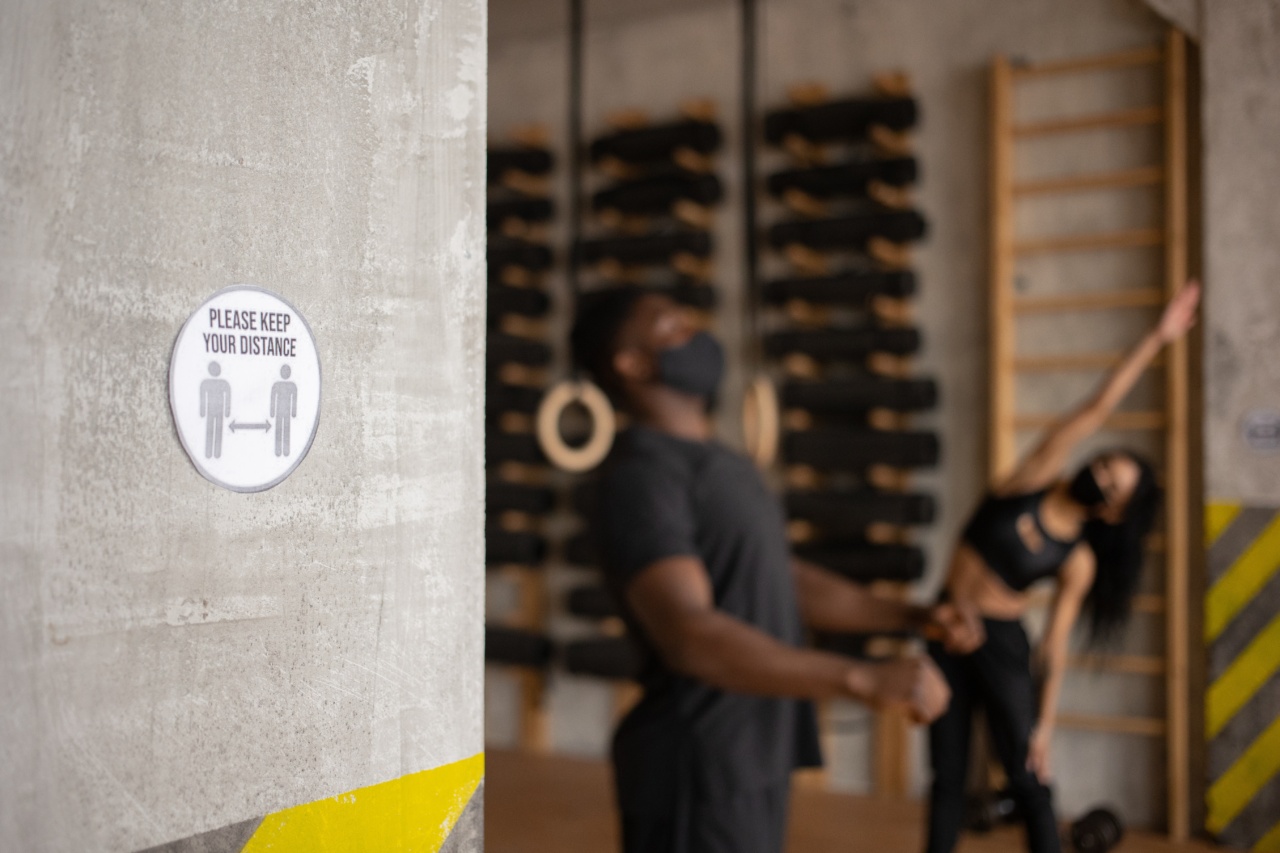Training your pooch to behave is an essential part of being a responsible pet owner. Whether you have a new puppy or an older dog, proper training can help establish a strong bond and create a harmonious living environment.
This article will provide you with helpful tips and strategies on how to train your pooch to behave.
1. Start with the Basics
The first step in training your pooch is to teach them basic commands such as sit, stay, come, and leave it. These commands will serve as the foundation for more advanced training later on.
Use positive reinforcement techniques such as treats, praise, and petting to reward your pooch when they follow a command correctly. Consistency and patience are key during this initial phase.
2. Leash Training
Leash training is an important aspect of training your pooch. It teaches them to walk politely on a leash without pulling or lunging. Start by introducing your pooch to the leash and collar in a positive and calm environment.
Gradually increase the duration and difficulty of the walks, rewarding your pooch for good behavior. Remember to use a comfortable and appropriately sized leash and collar for your dog.
3. Socialization
Socializing your pooch is crucial to their development and behavior. Introduce your dog to different people, animals, and environments from a young age. This will help them become comfortable and well-adjusted in various situations.
Take them to dog parks, training classes, and other social settings to expose them to different stimuli. Reward your pooch for calm and friendly behavior during socialization exercises.
4. Crate Training
Crate training can be a useful tool for housebreaking your pooch and providing them with a safe space. Introduce your pooch to their crate gradually, making it a positive and comfortable place for them.
Use treats, toys, and praise to encourage them to enter the crate willingly. Avoid using the crate as a form of punishment, as it should be seen as a positive space for your dog.
5. Positive Reinforcement
Positive reinforcement is an effective training method that rewards your pooch for good behavior. Use treats, verbal praise, and petting to reward your pooch immediately after they perform a desired behavior.
This positive association will motivate your dog to repeat the behavior in the future. Avoid using punishment or harsh techniques, as they can be harmful to your dog’s well-being and trust.
6. Consistency is Key
Consistency is crucial when training your pooch. Use the same commands, cues, and rewards consistently to avoid confusion. Establish a routine for training sessions and stick to it.
Consistency will help your pooch understand what is expected of them and accelerate the learning process.
7. Be Patient
Training takes time and patience. Remember that your pooch is learning and may not grasp a command or behavior immediately. Avoid getting frustrated or angry with your dog, as this can hinder the learning process.
Stay calm, positive, and patient during training sessions, and celebrate small successes along the way.
8. Seek Professional Help if Needed
If you encounter difficulties or feel overwhelmed during the training process, don’t hesitate to seek professional help. A certified dog trainer can provide expert guidance and personalized training plans to address specific behavior issues.
They can also assess your dog’s individual needs and provide tailored solutions.
9. Mental Stimulation
Incorporate mental stimulation activities into your dog’s routine. Puzzle toys, obedience games, and interactive play can help prevent boredom and destructive behaviors.
Mental stimulation exercises challenge your dog’s problem-solving skills and keep them engaged and content. A mentally stimulated pooch is more likely to behave well and exhibit less unwanted behaviors.
10. Reinforce Good Behavior
Once your pooch has learned basic commands and behaviors, it’s essential to continue reinforcing good behavior. Be consistent with rewards and always acknowledge and praise your dog when they behave appropriately.
Good behavior should be consistently reinforced to maintain their behavior and encourage further learning and development.
























